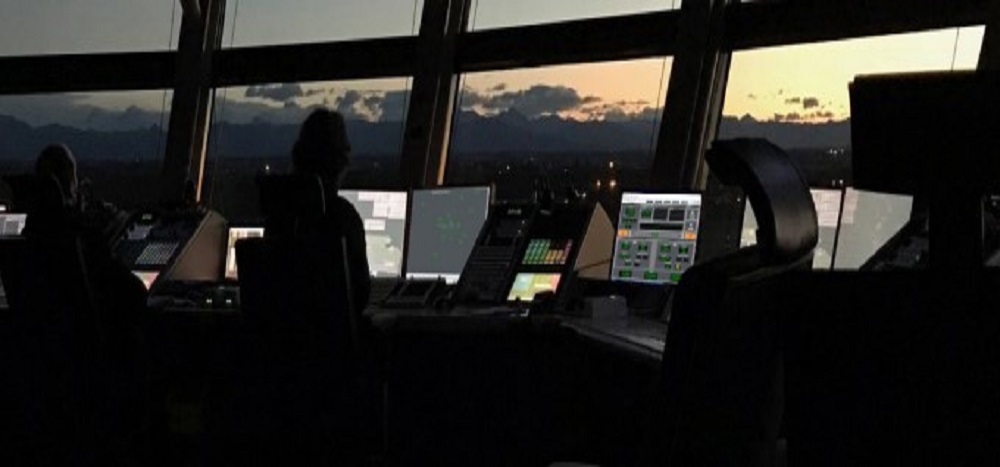
Mission:
Meteorological information is a critical factor for air traffic control. Starting from this evidence, Techno Sky has developed a meteorological standard system, adopted by ENAV at all managed airports,designed in collaboration with meteorologists and Air Traffic Control experts, for a better managing of the meteorological data during air navigation operations (arrival/departure and approach flight phases).
Operational Scenario:
The e-AWOS system nowadays allows ATC operators to automate weather observation processes at over 45 airports.The e-AWOS collects and processes meteorological parameters from field sensors or external systems and allows operators to monitor real time weather data and compile accurate meteorological reports. Using innovative technologies, the Unmanned Mode plays a crucial role in the E-AWOS evolution towards a progressive automation of the main meteorological observation processes without human intervention, including the fully automated reporting of aeronautical bulletins.
Key benefits:
• Improvement of automated operational processes, allowing ATC operators to achieve efficient and safe operations
• Independence from sensor vendors and easy integration with existing third party systems
• Easy HMI customization according to users requirements
• Reliable and flexible solution, suitable to be upgraded according to the ICAO amendments or local operational needs Main technical features and overview:
e-AWOS provides the following features:
• Data acquisition and data validation, elaboration and quality check, according to all relevant
international standards
• Seamless monitoring of the weather conditions in MET observers, ATC operators and maintenance working positions
• Facilities to compile aeronautical, statistical and synoptic meteorological reports, including METAR
• Emission of manual and automatic meteorological reports to national networks via AFTN/AMHS
• Data dispatching to external peripheral systems and aviation users
• Historical Data storage and archive consultation of meteorological data and reports
• High system availability for 24/7 operations thanks to a full redundant architecture
• Field instruments and external equipment monitoring and alerting functions in case of failure
Client Presentation:
The TWR/APP client provides an innovative userfriendly HMI for ATCOs, ensuring the view of data useful for TWR and APP operations. It displays the overview of the airport meteorological condition, showing real time data from field sensors and local meteorological reports, and it allows other operations such as the activation of the low visibility procedures, the engage of the runways and the management of their operative status.
The MET client provides an overview of real time data from field sensors and external systems for airport Weather Observers by means of numerical and graphical representations. Depending on the desired level of automation, specific templates precompiled with automatic data, help users to transmit aeronautical and synoptical weather reports with fewer manual interactions up to complete unmanned operations. A historical archive for browsing and managing meteorological data is also available.
The MNT client provides alarms to local technical operators and allows to easily monitor and control the overall system status: connections between components, database, sensors health, etc, aiming at resolving any occurred failure.
A web-based TECSUP client is also available, as part of our SNMP nagios® based solution, designed for the remote supervision of single or multiple airports systems at a centralized location.
Interfaces:
• AFTN / AMHS (X.400 protocol), ensuring standardized weather data exchange
• Data acquisition from any type of source (digital or analog field sensors, EDAMS dataloggers or third party weather stations, lightning events detection systems or AGL systems, etc.)
• SNMP interface to allow external monitoring via TECSUP system (nagios® based) or any SNMP compliant NMS
Technical Specifications:
• Server redundancy with master/slave configuration using a fault tolerant cluster system (failover < 20 sec)
• Seamless network redundancy at switch and host level
• Windows or Linux servers and workstations
Regulations and Certifications:
Management System and Security Policy
• ICAO Annex 3, Doc. 8896, Doc. 9328
• WMO No 8, No 306, No 731, No 732
• EATMN Equipment compliant with Reg.(EU) 2018/1139
• Supporting ANSPs for SoC emission in compliance with Reg.(EU) 2017/373
• CMMI-DEV Level 2 (V.3.0) compliant development cycle
• Software Assurance Level (SWAL) according to EUROCAE ED-153
• Secure Development process compliant with EUROCAE ED-205A
Support:
• Train-the-Trainers service for user and
maintenance topics
For further information about this product
Fill in the following form
